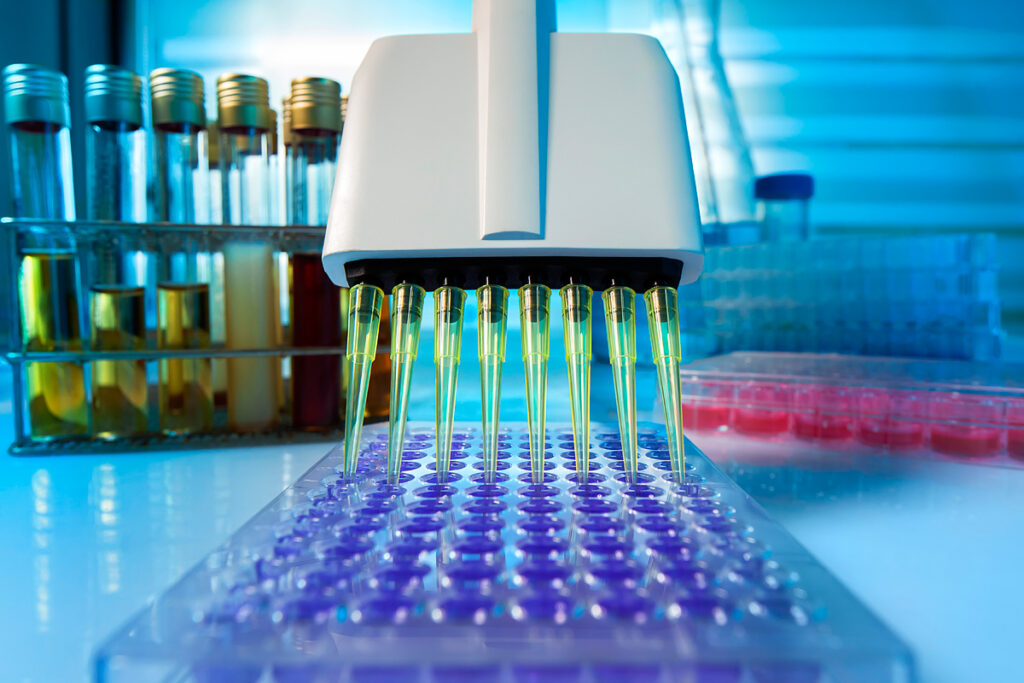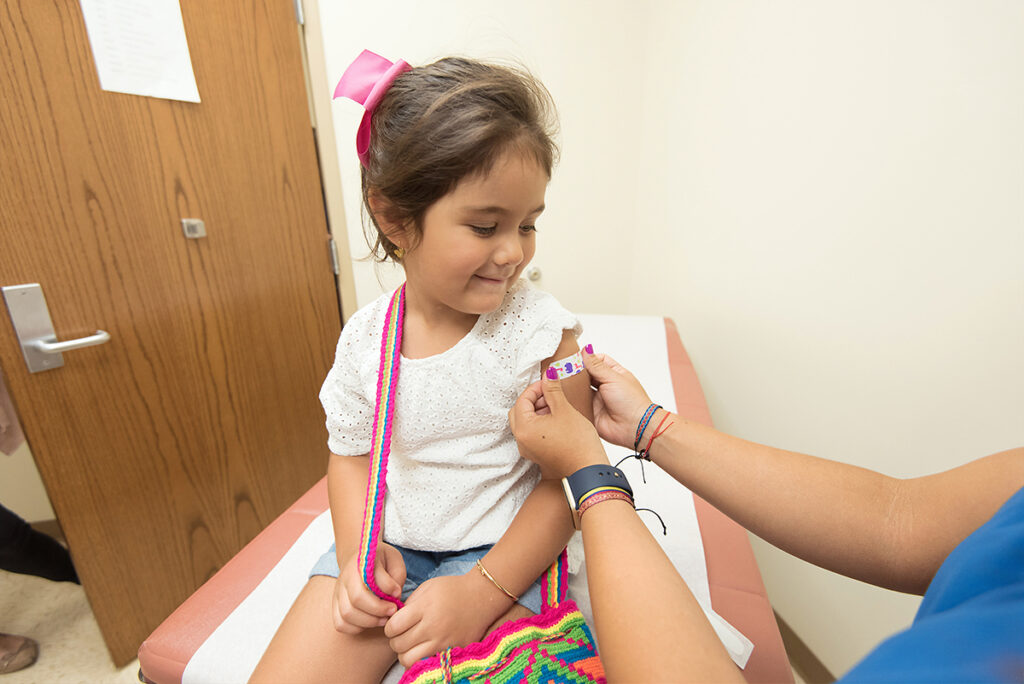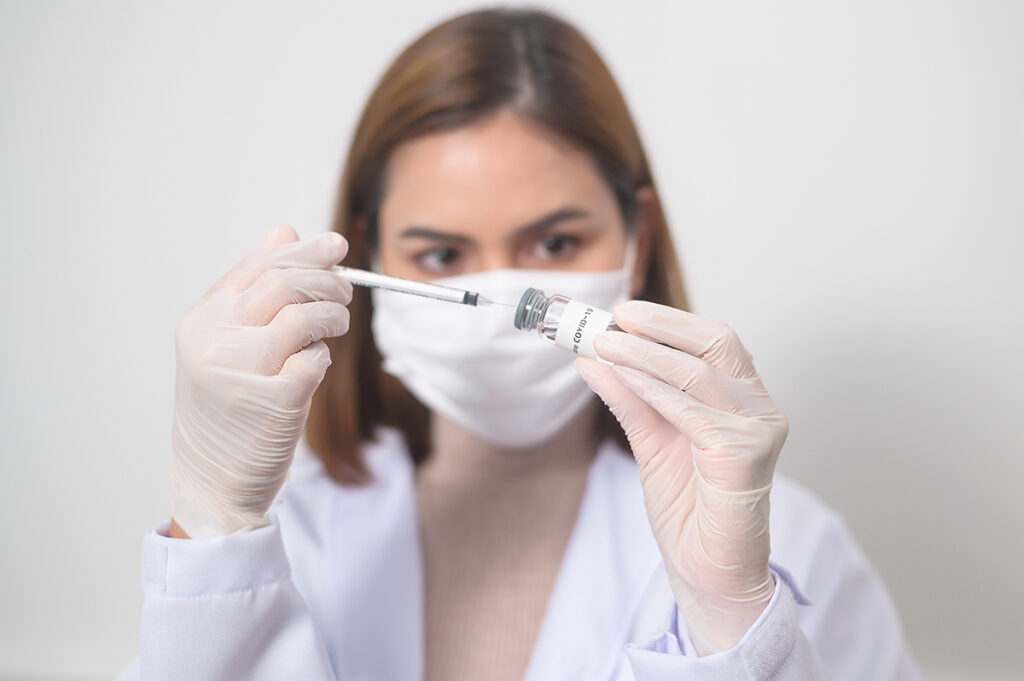Chlamydia is one of the most common sexually transmitted bacteria. It can cause inflammation of the female genital tract, pelvic organs and lead to infertility or ectopic pregnancy.
Interferon is a part of innate human immunity. The interferon system’s importance for survival is described in the article “The role of interferons in the evolution of vertebrates.” In 2005, Japanese scientists from Okayama University investigated the mechanisms of interferon-alpha (IFN-α) on the growth of chlamydia.
The scientific basis of the study
Earlier studies have shown that:
- Chlamydia enters the cells and uses their resources for reproduction. The growth of chlamydia requires intracellular iron molecules and the essential amino acid tryptophan.
- Other parts of the immune system-interferon gamma (IFN-γ) and tumor necrosis factor (TNF-γ) – have anti-chlamydia properties. They reduce the availability of intracellular iron and tryptophan for chlamydia.
- Interferon-alpha has an antichlamydial effect, but its mechanism is unclear. The interaction of IFN-α, IFN-γ, and TNF-γ for the treatment of chlamydia infection is also unclear.
Study results
Treatment with interferon-alpha reduces the number of chlamydia in infected human epithelial cells by 52%. IFN-α inhibits the growth of chlamydia and reduces the number of infectious particles. IFN-α also reduces the infectivity of infected cells.
The combination of IFN-α, IFN-γ, TNF-γ is more effective for treating chlamydia than treatment separately with each of them.
Experiment diagram
In their experiments, Japanese scientists used human epithelial cells’ culture since they are most often affected by chlamydia.
At first, the scientists grew the cells for 24 hours. Different concentrations of IFN-α, IFN-γ, and TNF-γ were added to them and incubated for another 24 hours. After that, the cells were infected with chlamydia (chlamydia trachomatis) and set for 48 hours. The researchers then evaluated the amount of chlamydia using an enzyme-linked immunosorbent assay.
Evaluation of the antichlamydial activity of interferon-alpha
Interferon-alpha at a 1000 IU/ml concentration significantly reduced the number of chlamydia in cells by 52%. To the same extent, IFN-α reduced the infectivity of chlamydia trachomatis.
To assess the mechanisms of the antichlamydial activity of interferon-alpha, scientists added an excessive amount of L-tryptophan (400 mcg/ml) to cell cultures. In this case, the antichlamydial effect of IFN-α was still observed, although it was reduced. This result suggested that interferon-alpha has some other property that suppresses the reproduction of chlamydia.
In the next experiment, the scientists tested this assumption. They added an excessive amount of FeCl to the cell culture. Furthermore, in this case, the effect of interferon-alpha was, although significantly reduced.
In the final experiment, the scientists added excessive amounts of L-tryptophan and FeCl to the cell cultures. This combination completely negated the therapeutic effect of IFN-α.
The researchers concluded that interferon alpha’s anti-chlamydial activity is associated with the depletion of intracellular iron and tryptophan, which suppresses the growth of chlamydia.
Combined treatment of chlamydia IFN-α, IFN-γ, TNF-γ
In the next series of experiments, the researchers investigated the synergistic properties of interferon-alpha to treat chlamydia.
The first experiment showed that the combination of IFN-α with IFN-γ in a ratio of 1:1 is 56% more effective than each substance separately.
In the second experiment, the scientists used a combination of IFN-α with TNF-γ in the ratio of 1:1. The cross was 60% more effective than its components.
This result indicates a strong synergy between innate immunity’s various components in suppressing the growth of chlamydia in human epithelial cells.
Conclusions
With their research, Japanese scientists have identified one of the mechanisms of interferon alpha’s anti-chlamydia activity. IFN-α limits the intracellular availability of tryptophan and iron to chlamydia that have infected epithelial cells. However, strictly how the iron availability is restricted remains a mystery since the iron cell receptors’ activity did not change under the influence of IFN-α.
This study also demonstrated that IFN-α, IFN-γ, and TNF-γ mutually reinforce each other and are more practical to treat chlamydia infection than individually. The scientists emphasize that their study was conducted on cells (in vitro), and it is still necessary to determine the effect of interferon-alpha on chlamydia infection during the development of the disease in the human body (in vivo). However, scientists suggest that IFN-α also functions in concert with all immunity components, as in experiments with IFN-γ and TNF-γ.
Scientists hope that their work will help develop drugs to treat a chlamydia infection.



